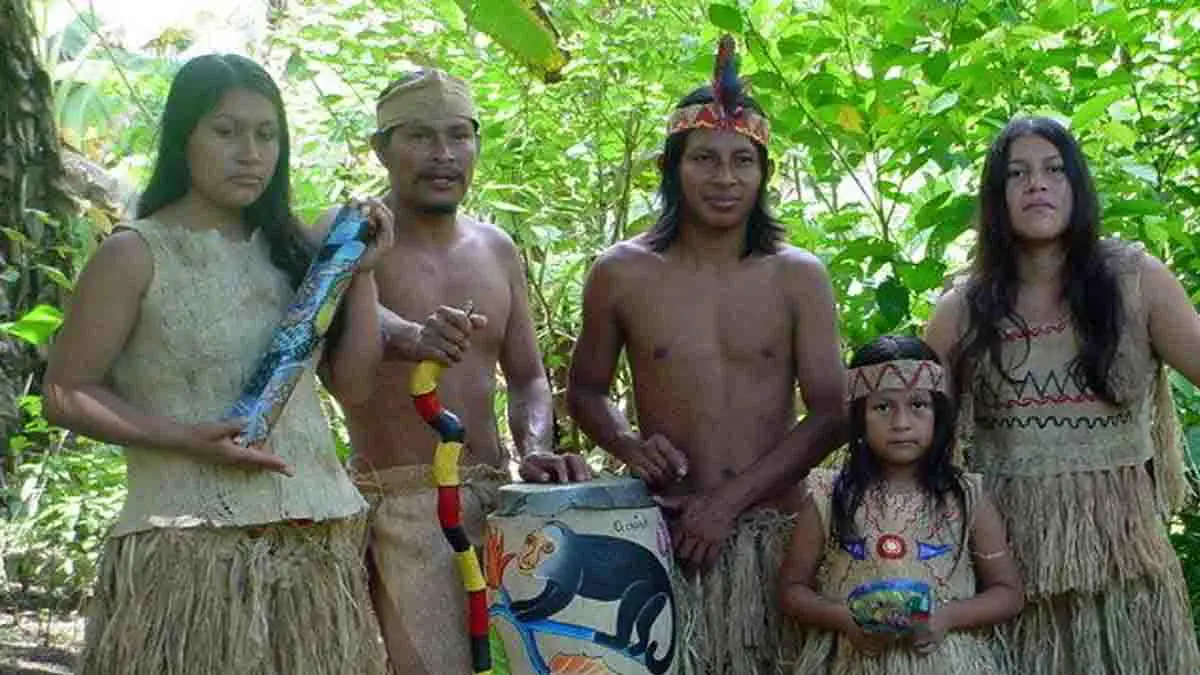
Although we are currently under the Pandemic due to COVID-19, experts have devised a three-month plan that will help indigenous Tica communities to recover financially after the crisis passes.
This plan contemplates designing a route for the recovery designated: National Economic Recovery Plan of the Indigenous Territories Affected by COVID-19. It is worth mentioning that said route will focus on strengthening tourist activity, among other aspects that help the artisanal production system of these indigenous communities.
This recovery plan is also supported by the United Nations (UN). Its objectives are to maintain the artisanal production system and its own distribution and exchange mechanisms, apart from tourist activities.
In addition, this plan is intended to allow indigenous communities to adapt their productive economic activities to the new normal that the world will face after the COVID-19 Pandemic.
The plan will have 4 indigenous experts
For its part, the United Nations System will work with 4 indigenous experts who will be in charge of identifying the impacts of COVID-19, urgent community proposals – in the medium and long term – and the collection and systematization of information from the indigenous territories.
It is important to highlight that this Pandemic greatly affects the tourism sector worldwide and in Costa Rica, its effects reached indigenous communities, which were greatly impacted by the halting of sales of their crafts and agricultural production.
The United Nations Resident Coordinator in Costa Rica, Alice Shackelford stated: the participation and leadership of indigenous peoples, women and men is essential to ensure that the process of socio-economic recovery of their territories against COVID-19.
Likewise, she indicated that with this plan that full respect for the rights of indigenous peoples is being carried out, in accordance with the Sustainable Development Goals, to ensure that no one is left behind. The work will be the basis for the formulation of post-COVID-19 Economic Recovery initiatives by the indigenous peoples of Costa Rica.
Which are the indigenous communities of Costa Rica?
Currently Costa Rica has 8 indigenous groups and they are scattered in 24 indigenous territories, these ethnic groups are: Maleku, Bribri, Cabécar, Brunca or Boruca, Térraba or Teribe, Chorotega, Huetar and Ngöbe.
Of all these indigenous peoples, the most numerous is the Bribri, it has approximately 17,000 inhabitants within its 4 territories located on both sides of the Talamanca Mountain Range; on the Caribbean slope are the territories of the Talamanca and Cocles or Keköldi (in the canton of Talamanca) and on the Pacific slope Salitre and Cabagra (in the canton of Buenos Aires).
In these indigenous communities, the inhabitants offer visitors an insight into their culture and customs, teaching them, for example, how they produce indigenous crafts such as wooden bows and arrows, bags, nets, hammocks, baskets, etc. It also has nature trails for long walks to enjoy the landscapes. As well as towers to observe the beautiful birds of the area.
Helping transition your life to live anywhere

